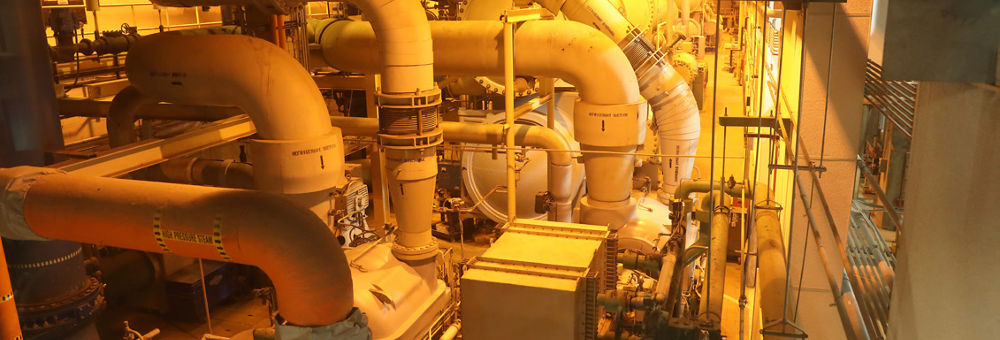Case Study: TESS Engineering, Japan
Remote Monitoring for Boiler Systems
A hot topic in Japan right now is energy production, use, and conservation, with a renewed concern for the environment. Industrial and commercial users are looking seriously at implementing alternative energy systems, and making the best use of their resources.
One company that has built a solid reputation in this arena is TESS Engineering, in Osaka. TESS provides installation and remote monitoring for solar generation systems, co-generation systems, boilers and other equipment. They are always looking for new ways to save energy, reduce costs, and preserve the environment.
A major challenge facing TESS has been monitoring and maintaining boiler systems for large, decentralized companies. Site visits are expensive, particularly at remote, out of the way locations. Each visit requires shutting down the boiler, taking readings of up to 500 data points, and then restarting. This approach can lead to inaccuracies, since in a rapidly-changing system environment the data may be out of date even by the time the engineer returns to the home office.
For some time TESS had considered remote monitoring via the Internet, but there were drawbacks. “Some of our client’s remote locations don’t have Internet access,” said Mr. Kinya Oji, General Manager at TESS, “and for those that do, creating a process visualization system would require a significant development effort over a long period of time. If we were going to make such an investment, we wanted a complete solution.”
Through Cogent’s partner in Japan, Nissin Systems Co. Ltd., TESS learned about the Cogent DataHub®, as well as a new service that Cogent has started offering on a limited basis in Japan: remote, real-time data access through cloud computing. Engineers at TESS determined that this approach might be sufficiently flexible to meet their needs, and easy enough to implement that they would not need to embark on a lengthy development project. So, TESS assigned an engineering team to investigate.
Working closely with Nissin Systems, the TESS engineering team began by creating serial I/F links between each boiler and a number of device servers (typically 10 or so), and then brought all that data to a gateway device. In locations where the gateway device had access to the company LAN, it was then connected to a DataHub on the LAN. In locations too remote to connect to the company LAN, the gateway device was connected to a 3G phone network. In both cases, the data was sent from the gateway device―via LAN or 3G―to a DataHub running on a cloud server.
“When everything got connected, we were able to aggregate all the information coming from each boiler, and access that data in real time from the DataHub running on the cloud server,” said Mr. Oji. “The next and most important part of this system was an HMI. We needed something simple and intuitive for operators to use, without investing a lot in development costs. Using WebView™ we were able to create a user-friendly monitoring system in reasonable time, and not too much effort.”
The complete, functioning system not only provides web-based access to data from every boiler in the system, but TESS is realizing additional benefits from a fully integrated middleware solution. Live and archived data is currently being used for analyzing boiler performance, keeping regular records of operations, and for sending out alarms and emails to operators and managers.
“We can view our historical data trends graphically in WebView,” said Mr. Oji, “while at the same time using the DataHub’s Data Logging and Historian features to connect databases and store the data. During monitoring, if any abnormal conditions occur, we can generate alarms and send out emails. We also use the DDE feature to automatically generate spreadsheets for our daily, monthly, and annual reports.”
“By networking through the cloud, we have been able to establish an effective method by which the customer can monitor the changing states of all of their boilers, in real time. Now the company operators and managers can respond quickly to boiler conditions at individual sites.”
“Our customer was very satisfied by this solution. They can now operate their system efficiently and safely, and plan to install this system in more than 100 more boiler sites in the near future. Here at TESS, we are looking forward to using the DataHub and WebView to develop this kind of solution for other customers.”








